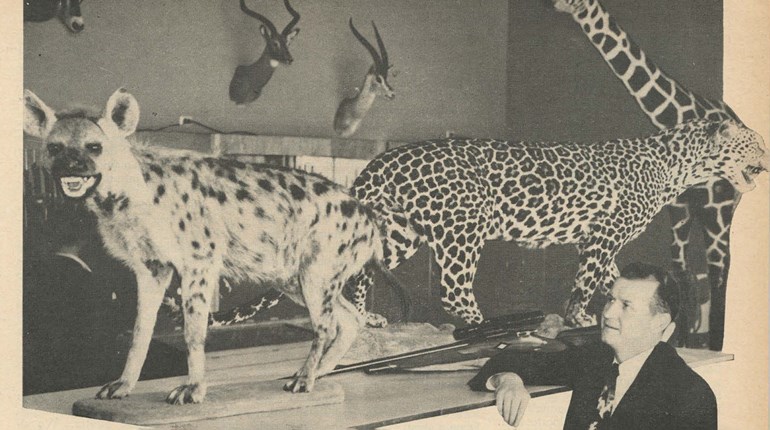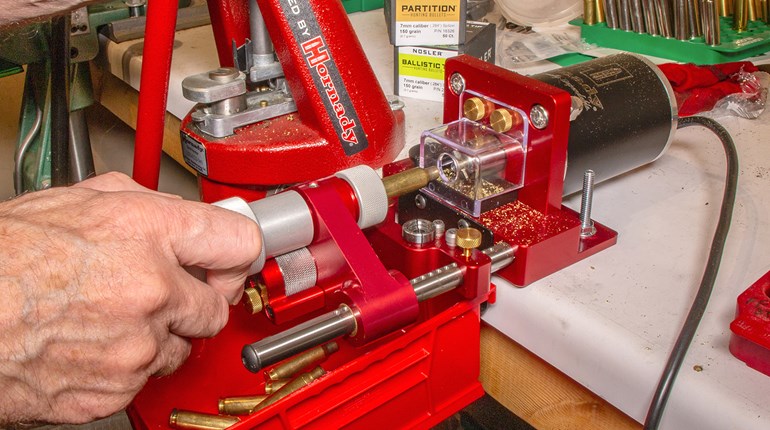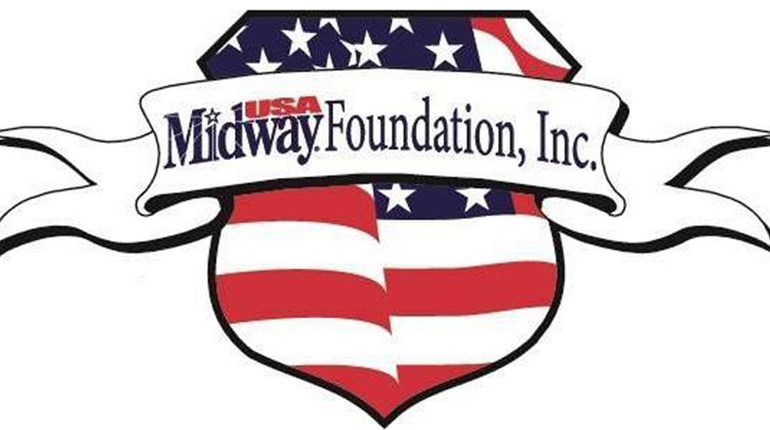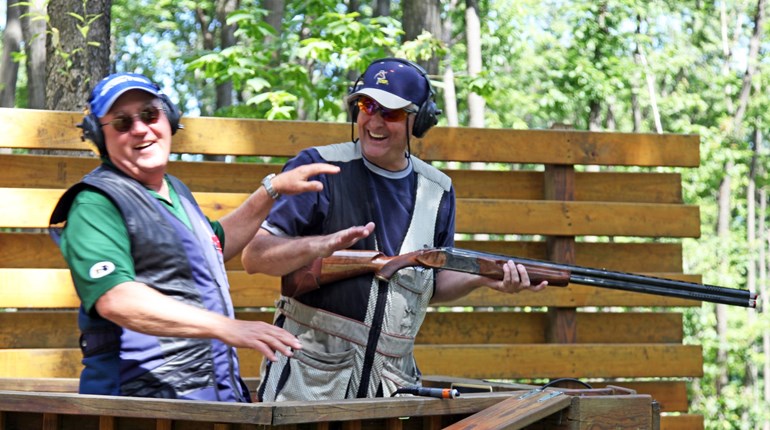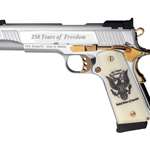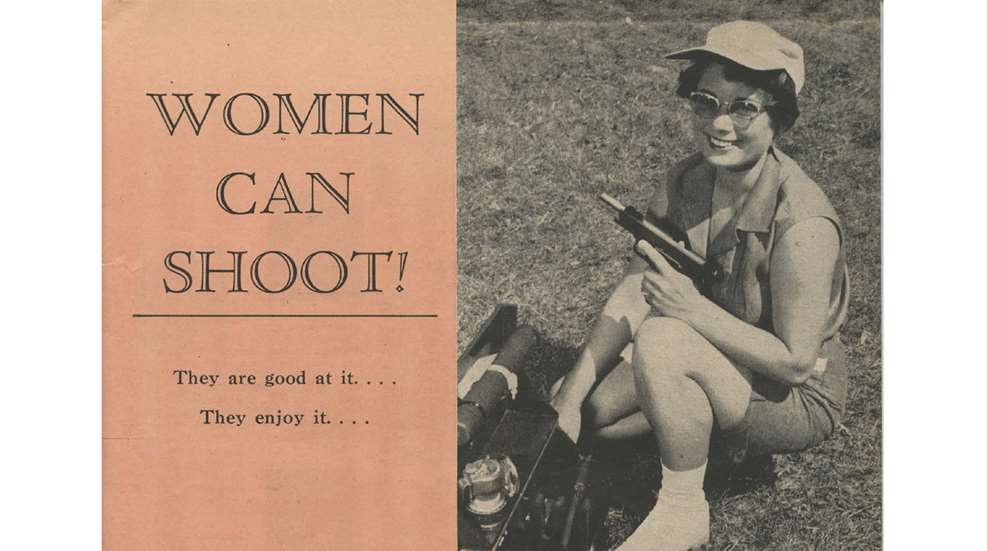
Originally published in The American Rifleman, June 1956
It was in the 1880s that the first woman participated in the Annual Matches of the National Rifle Association. At that time the sight of a woman participating in range activities was considered so unusual that newspaper writers required many words to report the incident. Times have changed and so has the woman's role on the shooting range. Particularly since 1945 have women competed in sizeable numbers in pistol, smallbore rifle, and high power rifle matches. The year 1955 will truly go down as a milestone in the history of shooting, and because of a woman. Mrs. Viola E. Pollum, at the National Matches at Camp Perry, Ohio, won out over 488 men and women shooters to capture the National smallbore rifle championship and to become the first woman to win an overall National shooting title in the NRA Annual Matches, which have been conducted regularly since 1873. The victory is doubly impressive in view of the fact that the course of fire for the National smallbore rifle title consisted of a possible 6400 points. This required that 640 shots be fired, twice as many as were needed to fire the National smallbore competition in previous years.
To give an idea of the women who participate regularly in shooting competitions, to identify a representative sampling of these women, and to explain what it is about shooting that attracts them to it, The American Rifleman sent a questionnaire to a small group of the leading women shooters. The information given in reply by 41 of the leading women shooters is presented here. It will be immediately evident in reading the article why these women were selected. It will also be evident that there are some creditable women shooters not included. Lack of space. however, worked against including everyone we would have liked to.
Information on the shooting activities of each of these 41 women is given under their pictures. The statement which precedes it explains what led each to take up shooting, and the statement following it explains why she likes shooting. The date in parentheses following each name is the year in which the individual took up shooting seriously.
The mechanics of learning to shoot poses a problem to many women who would like to learn to handle a rifle adequately. Fifteen of the 41 women pictured here learned to shoot from their husbands, 13 learned at rifle clubs, 11 were taught by their parents, one learned at school, and one obtained instruction at the place she worked.
Do women who shoot well on the target range engage in the most common activity with firearms, hunting? No matter what your guess is as to that answer, you are almost right. Eighteen of these target shooters do not hunt at all presently, though several report they have hunted in the past but do not now for one reason or another.

















